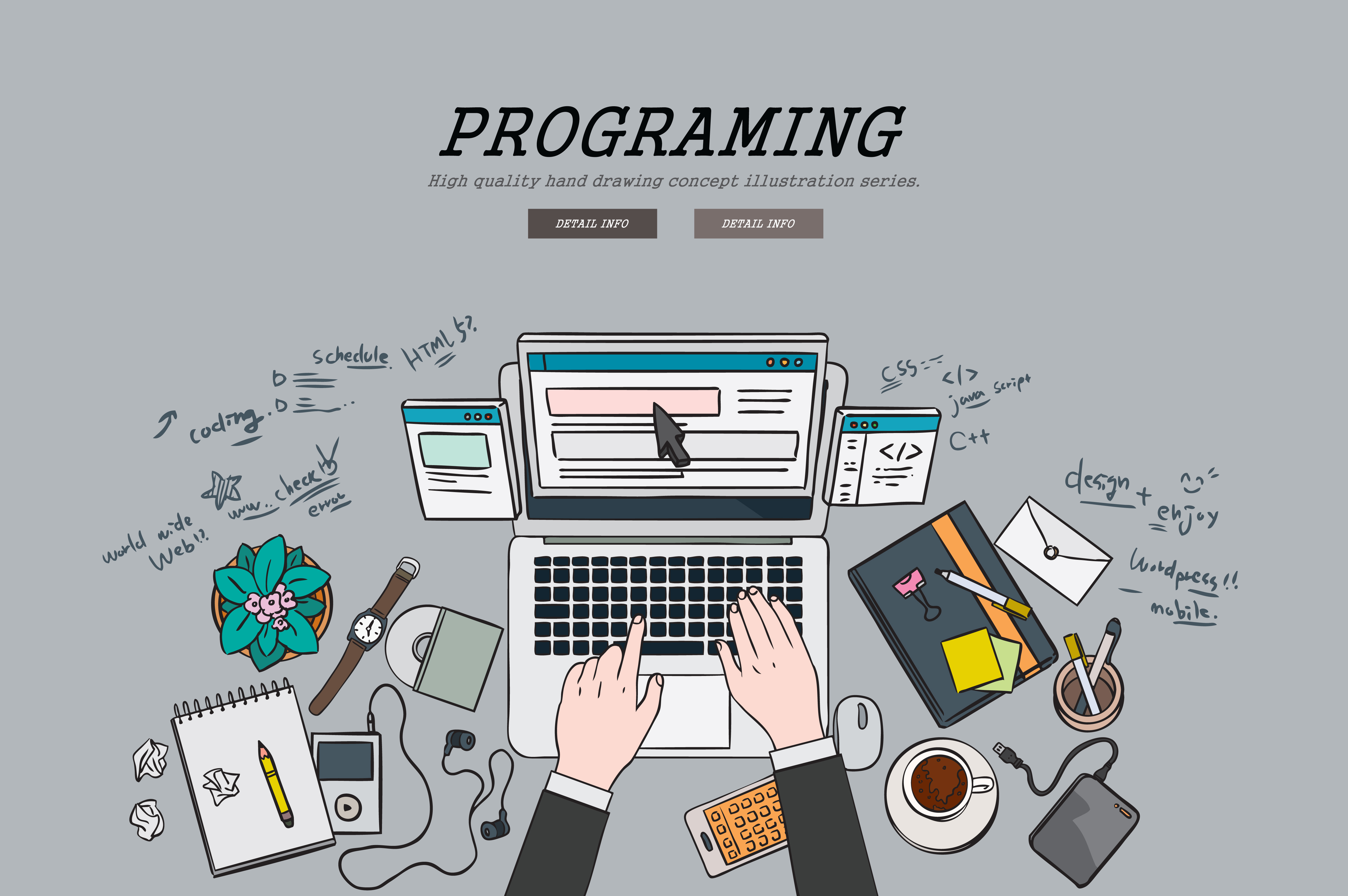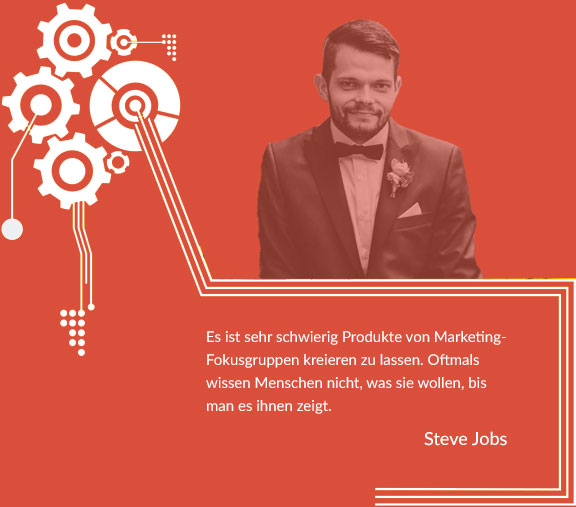Interfaces for WordPress
Interfaces for WordPress
Interfaces for WordPress (APIs)
WordPress interfaces are also referred to as APIs (Application Programming Interfaces). API’s help to expand the possibilities of WordPress as a platform. What’s more, making the WordPress interfaces easier than ever for developers to connect WordPress to other websites and applications. The following explains the basics of API and which API’s are available.

What does API – interfaces for WordPress ?
Mean Basically, a interface for WordPress allows you to connect two applications together. For example, if you visit a website, your browser sends a request to the server hosting that website. The API of this server receives the request from your browser, interprets it and returns all data required to display your website. Developers in a company like Google will be collecting and sharing some of the code of their application together. In this way, other developers can use the WordPress interfaces as a tool to connect their own web pages to Google and use their features. For example, you can use the Google Maps API to place a fully functional map on your website that benefits from all of Google’s relevant data and features. This saves you from coding a card and collecting all this data yourself.
What is there for WordPress interfaces
REST API
The WordPress REST API interface provides API endpoints for WordPress data types that enable developers to communicate with Web sites by sending and receiving JavaScript Object Notation (JSON) objects.
Settings API
The Settings API added to the interface for WordPress 2.7 can be used to semi-automate administration pages with settings forms. Here you can define preference pages, sections within these pages, and fields within sections. New preference pages can be registered with sections and fields in it. Existing settings pages can also be added by registering new settings sections or fields in them.
Metadata API
The interface for WordPress metadata API is a simple and standardized method for retrieving and editing metadata of various WordPress object types. Metadata for an object is represented by a simple key-value pair. Objects can contain multiple metadata entries that use the same key and differ only in their value.
Filesystem API
The WordPress interface for WordPress Filesystem API added in WordPress 2.6 was originally created for the automatic updating feature of WordPress. The file system API abstracts the functionality required to read and write local files to the file system to safely run on different host types.
Shortcode API
The Shortcode API is a simple set of features for creating WordPress shortcodes for use in posts and pages. The WordPress interface allows plug-in developers to create specific types of content that users can attach to specific pages by inserting their shortcodes into the page text.
Transients API
The Transients interface for WordPress provides a simple and standardized way to temporarily store cached data in the database by assigning it a custom name and timeframe.
Conclusion
WordPress interfaces are becoming increasingly important as Web pages and functionality become more complex. They allow developers to build on existing features so new features can easily be added to your web page.


